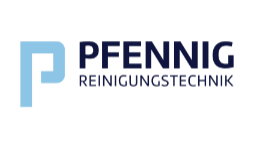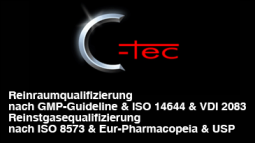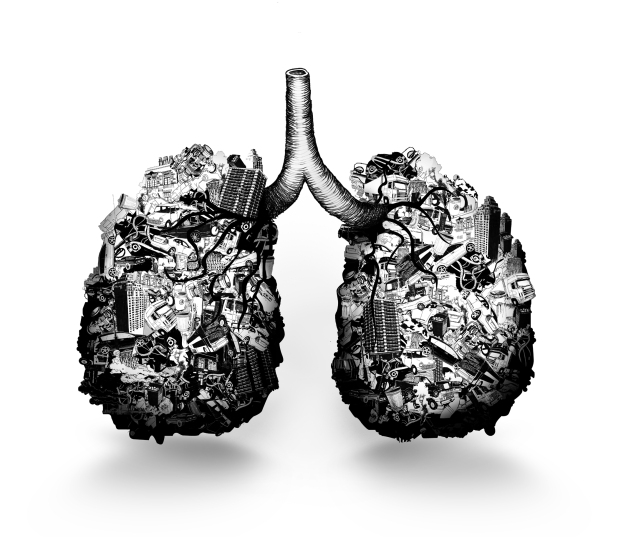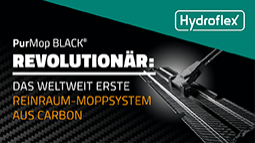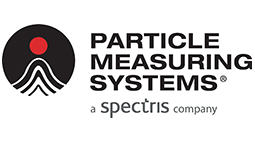EN 779:2011 � a good beginning
Camfil appealed to high requirement attitude regarding the air quality into Innenr�umenDie new European standard EN 779:2011, which defines the testing method of rough and fine dust filters, creates everyday life-more suited conditions to the classification of air cleaners: Because from now on determine the filter classes F7 beside the middle also the minimum efficiency, F8 and F9. Thus many fine dust filters cannot become fair from synthetic, statically loaded materials their classification past with fast loss of efficiency no more. Glass fiber media however achieve often larger minimum separation achievements, than it demands the standard in the future. Camfil warns therefore planners and operators before accepting worse air qualities than they would be attainable with filtering mediums available on the market already. The world market leader for air cleaner systems refers thereby particularly on ethical and also economic arguments, which are natural in European neighbourhood long. For example all glass fiber bag filters fulfill the certification defaults of the FR Technical Research of institutes OF Sweden (P-Mark) of Camfil. Thus minimum efficiencies can be obtained of 50, 70 and 80 instead of the 35, 55 and 70 per cent for the filter classes, demanded in this country, F7, F8 and F9 with the rear-Flo-series. Estimations of the Federal Office for Environment Protection according to die annually 370,000 humans in Europe prematurely at the consequences of the air pollution by fine dust and ozone. The economical costs caused thereby are numbered with 427 to 790 billion euro. It by any means exclusively does not act around persons, who are exposed to particularly adverse air conditions. Since the average citizen spends here approximately 80 per cent of his lifetime in closed areas and about 50 per cent all air particle comes from the outside, each large city inhabitant can be concerned. Air pollution has above all a negative influence on the development of the lung functions particularly at the age of ten to 18 years. Decreased efficiency over intensified disease susceptibility up to chronic illnesses and death are possible consequences. Of the so-called lung-usual types of dust ( EN 13779 ventilation and air conditioning of Nichtwohngeb�udenNicht last before this background gives the European standard EN 13779 guidelines for ventilation and air conditioning systems in Nichtwohngeb�uden, in order to create with acceptable installation and operating cost too all seasons a comfortable and healthwise harmless interior climate. The standard prescribes, in a first step the quality of necessary interior air to classify (IDA 1 to 4) for example an industrial hall, a Shopping Mall, a college of further education or a city administration. In the connection is a determination of the outside air quality locally (ODA 1 to 3) necessarily. Both sizes are then the basis for an accurate determination of suitable filter categories. The determination of the desired interior air quality however finally the real estate operator gives, is left a question AnspruchsW�hrend various methods to assistance with the definition of the own requirement between low, moderate, middle or high room air quality. � the requirement at air cleaner achievements is still substantially smaller in Germany than in other countries of Europe. Acquisition and maintenance costs seem to be more important, than late reached air quality and concomitantly in the long run the well-being herein of stopping humans �, explain themselves Tobias room of manufacturer why with less content give themselves? Even if the requirement is high to the desired interior air quality, the filter class recommendations of the EN 13779 lead only conditionally to the goal: So far there was in this country only the partitioning in rough (G1-4) and fine dust filter (F5-9). The middle efficiency determined the filter class regardless of the fact that synthetic filters unload themselves within shortest time (Discharging) and their filter achievement thereby under the classification value sinks usually clearly. Therefore filter achievements were not indicated in unloaded condition (minimum efficiency) frequently as � measured �, although these had to be determined also according to old standard and indicated on test certificates. The filter class did not say thus only something about the average separation achievement of the filter on laboratory conditions, to anything however about under material conditions to expecting separation achievements, service lives and pressure loss filters of the past filter classes F5 and F6 (after EN 779:2002) is generally only reduced to the fine dust filtration suitable on material conditions. From now on a new middle filter group with the classes M5 and M6 (medium filter) considers to this fact. With the filter classes in the future the lower value of middle efficiency and minimum efficiency (after annex A � efficiency in unloaded condition) of the filter the filter class determines F7, F8 and F9. The minimum efficiency is to lie for the particle size of 0.4 micrometers with at least 35, 55 and 70 per cent for the fine dust filter classes F7, F8 and F9. Many filters with Synthetikmedium can fulfill and not be allowed to do these values demanded now due to their fast unloading and to the loss of efficiency resulting from it longer according to in the future no more than fine dust filters to be designated. On the other hand many air cleaners with glass fiber medium in the fine dust segment can obtain already today better results with at the same time smaller energy costs, than this demands the EN 779 in the future: So for example the rear-Flo-series of Camfil, which is manufactured according to the Swedish test character � P-Marks �. While the FR Technical Research of institutes OF Sweden presupposes 50, 70 and 80 per cent minimum efficiency, lies under it in the future in this country the valid standard 10 to 15 per cent points. � Camfil would like to warn planners and operators in this context of it, itself at the expense of health to give efficiency and well-being of humans with lower air quality, in their buildings, contently. From the economic damage connected with personal and losses of production completely to be silent � �, so rooms.
This text was translated automatically.
